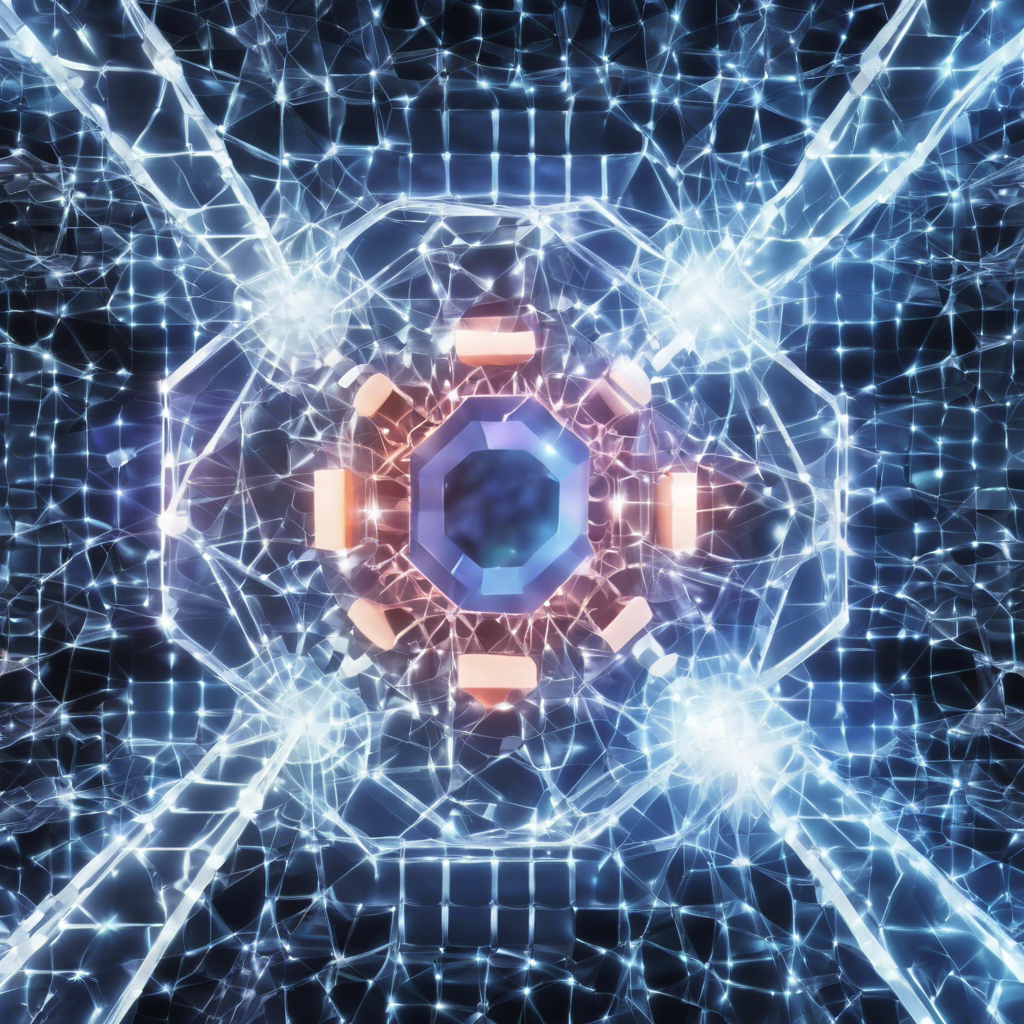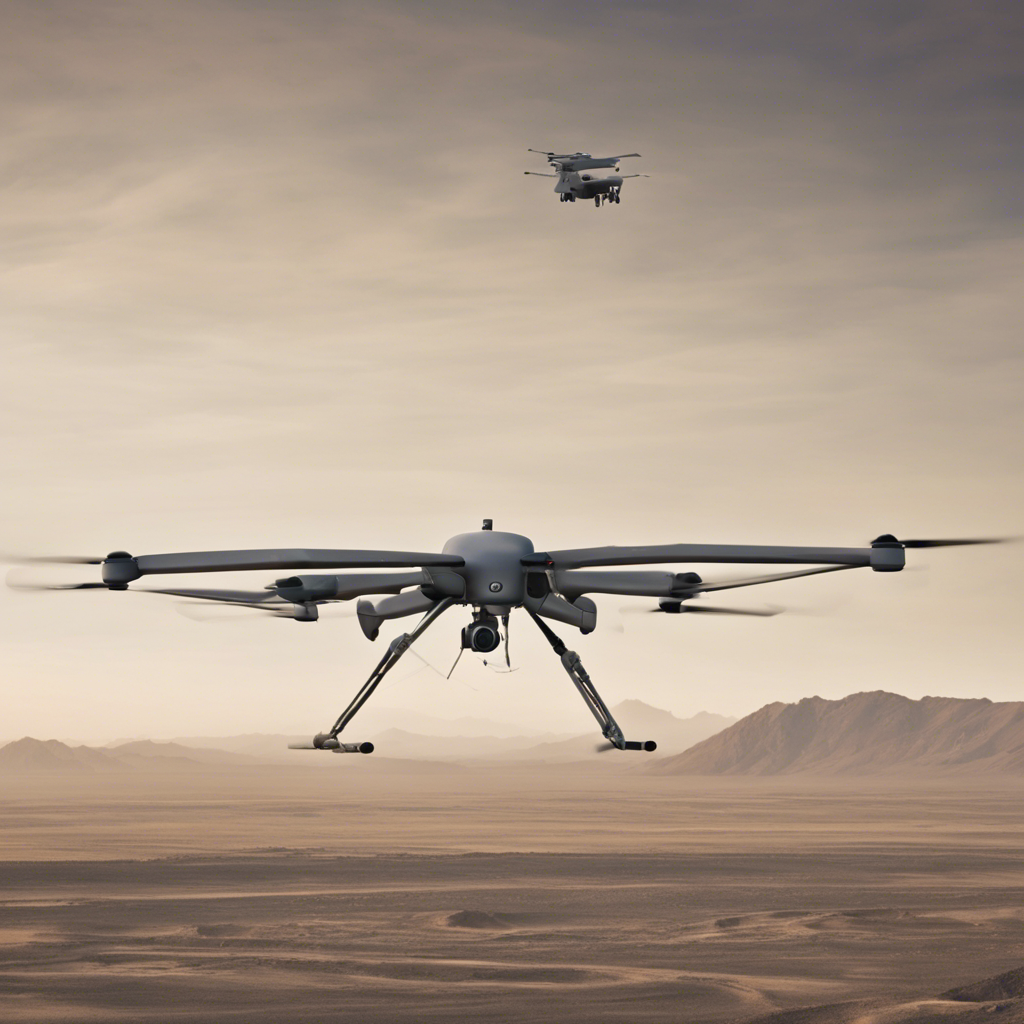Nagoya University team develops AI model to revolutionize polycrystalline material analysis and enhance industrial efficiency
Japanese researchers from Nagoya University have achieved a groundbreaking milestone in the field of crystal orientation prediction. By harnessing the power of artificial intelligence (AI), the team has successfully trained a machine learning model to rapidly forecast crystal orientations in industrial materials. This innovative development holds immense potential for optimizing the use of polycrystalline components in technology, ultimately leading to enhanced efficiency and cost-effectiveness.
The Importance of Crystals in Industry:
Crystals play a pivotal role in various industrial applications, serving as integral components in machines and materials. Polycrystalline components, such as metal alloys, ceramics, and semiconductors, are widely used across industries. These materials possess a complex microstructure due to their composition of multiple crystals, and the orientation of these crystals significantly impacts their properties. This is especially crucial for silicon crystals used in solar cells, smartphones, and computers.
Challenges in Polycrystalline Material Analysis:
Accurate control and measurement of grain orientation distribution are vital for the effective utilization of polycrystalline materials in industry. However, current techniques for measuring large-area samples are hindered by their high cost and time-consuming nature. Finding a more efficient and cost-effective solution has been a longstanding challenge for researchers and engineers.
Innovative AI Application in Crystal Orientation Prediction:
Led by Professor Noritaka Usami from the Graduate School of Engineering and Professor Hiroaki Kudo from the Graduate School of Informatics, a team of researchers from Nagoya University, in collaboration with RIKEN, has made significant progress in crystal orientation prediction. Their approach involves training an AI model using optical photographs of polycrystalline materials. By illuminating the surface of a polycrystalline silicon material from various directions and analyzing the resulting images, the AI model successfully predicts the grain orientation distribution.
Efficiency and Potential Industrial Applications:
Compared to conventional techniques that can take up to 14 hours, the new AI-based approach significantly reduces the time required for measuring grain orientation. The entire process, including optical photographing, model training, and orientation prediction, can be completed in just 1.5 hours. Furthermore, this approach enables the measurement of large-area materials that were previously unattainable with traditional methods.
Professor Usami envisions wide-ranging applications for this breakthrough technology in the industry. The team’s technique has the potential to revolutionize materials development, offering a more streamlined and efficient approach for researchers and engineers working with polycrystalline materials. Usami suggests the possibility of manufacturing an orientation analysis system that combines image data collection with a crystal orientation prediction model based on machine learning. This system could be installed by companies dealing with polycrystalline materials, further enhancing their production processes.
Conclusion:
The development of an AI model for predicting crystal orientations in polycrystalline materials marks a significant milestone in materials science and engineering. The breakthrough achieved by Japanese researchers from Nagoya University holds immense promise for optimizing the use of industrial materials, leading to improved efficiency and cost-effectiveness. With the potential to revolutionize materials development and streamline industrial processes, this innovative approach paves the way for a future where AI and machine learning play a crucial role in enhancing various aspects of technology and manufacturing.











